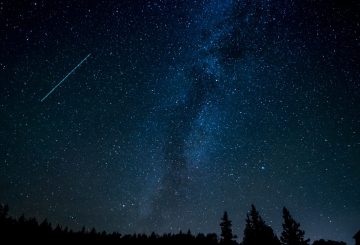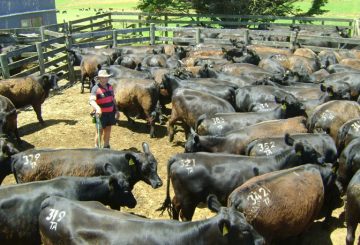가십은 직장에서 흔히 볼 수 있는 일이며, 종종 시간을 보내는 방법으로 여겨집니다.하지만 이러한 대화는 우리가 생각하는 것보다 업무 관계에 더 큰 영향을 미칠 수 있습니다.험담의 영향은 험담을 듣는 사람이 험담자의 의도를 어떻게 해석하는지에 따라 긍정적일 수도 있고 부정적일 수도 있습니다.
자리에 없는 동료에 대한 격식 없는 대화인 직장 가십은 종종 비생산적이거나 해로운 것으로 여겨집니다.하지만 최근 연구에 따르면 상황은 좀 더 복잡합니다.일부 연구에 따르면 험담은 우정으로 이어질 수 있는 반면, 다른 연구에서는 가십이 관계에 해를 끼칠 수 있다고 합니다.연구 결과에 따르면 이러한 상반된 결과는 직장에서의 사회적 관계를 형성하는 데 가십이 차지하는 역할에 대한 오해 때문일 수 있습니다.
우리는 가십을 듣는 사람들에게 초점을 맞추고 그들이 이러한 교류를 어떻게 인식하는지, 그리고 그것이 동료와의 관계에 어떤 영향을 미쳤는지 물었습니다.우리는 직장 가십을 이해하기 위해 세 가지 개념을 사용했습니다.“교환 관점”에서는 가십이 사회적 지원을 받는 대가로 정보를 공유하는 주고받기 과정을 통해 동료들을 연결한다는 것을 알 수 있습니다.“평판 정보 관점”에서는 험담이 가십 대상이 되는 사람에 대한 청취자의 의견을 어떻게 형성하는지 살펴봅니다.“가십 가치”란 가십이 긍정적인지 부정적인지를 나타냅니다.
이번 연구에서는 가십이 가십을 공유하는 사람에 대한 청취자의 관점에 어떤 영향을 미치는지 조사했습니다.우리는 서면 보고서와 인터뷰를 통해 데이터를 수집했으며, 이를 통해 가십 사건이 청취자의 관점에서 관계에 어떤 영향을 미치는지 자세히 설명했습니다.
연구 결과에 따르면 청취자가 가십을 어떻게 인식하는지가 매우 중요하다는 것을 알 수 있습니다.청취자가 그 험담자가 진실하고 정직하다고 믿는다면, 그 소문은 새로운 우정으로 이어지거나 기존 우정을 강화할 수 있습니다.흥미롭게도 우리는 부정적인 가십이 긍정적인 험담보다 우정을 쌓는 데 더 효과적이라는 것을 발견했습니다. 듣는 사람이 험담을 진솔하다고 믿는 한 말이죠.
험담하는 사람이 다른 사람의 이익을 위해 유용하고 정확한 정보를 공유하고 있다고 믿으면 신뢰가 높아지고 업무 관계가 강화됩니다.그러나 험담하는 사람의 의도가 이기적인 것으로 여겨지면 신뢰가 떨어지고 우정이 형성될 가능성이 낮아집니다.
우리의 연구에 따르면 가십은 그저 쓸데없는 대화가 아니라 가치 있고 잠재적으로 위험할 수 있는 사회적 도구이기도 합니다.우리는 종종 자신이 왜 험담을 하는지 생각하지 않고 험담을 하지만, 연구에 따르면 다른 사람들은 우리가 험담을 하는 이유에 대해 세심한 주의를 기울이는 것으로 나타났습니다.우리는 다른 사람들이 우리의 의도를 어떻게 해석하는지 통제할 수 없기 때문에 험담을 나누기 전에 신중하게 생각하는 것이 중요합니다.





























































